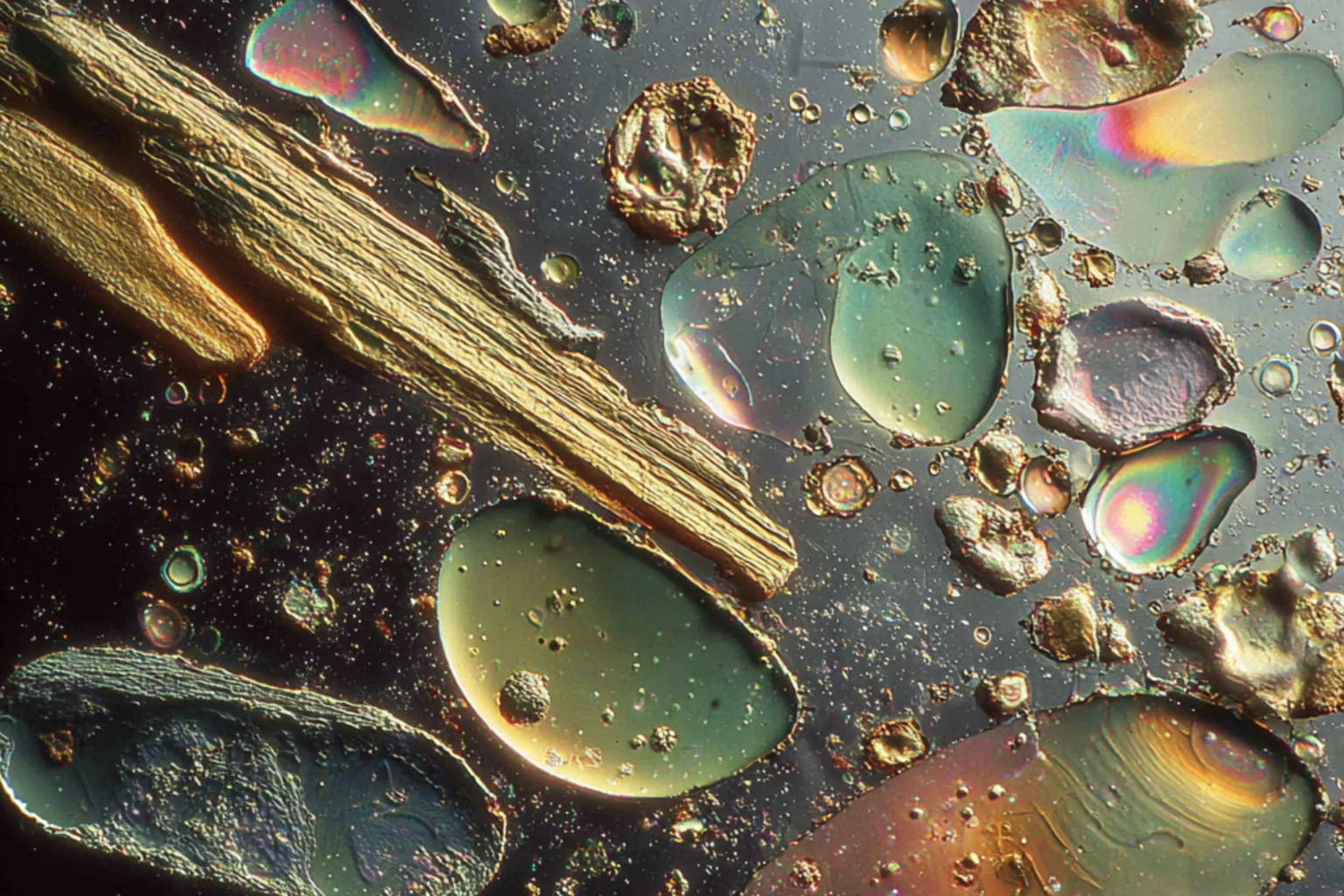What are Trihalomethanes?
Trihalomethanes (THMs) are a group of chemical compounds formed as disinfection by-products (DBPs) when disinfectants such as chlorine or chloramine—used to kill harmful bacteria in drinking water—react with natural organic matter like plant material, algae, or microbial by-products.
While disinfection is vital for preventing waterborne diseases, the by-products created in the process come with their own risks. The most common THMs found in tap water are chloroform, bromoform, bromodichloromethane, and dibromochloromethane.
How Do THMs Get Into Tap Water?
THMs are not intentionally added to water. Instead, they form unintendedly during water treatment. When chlorine-based disinfectants react with organic compounds present in lakes, rivers, reservoirs, or even pipes, THMs are produced.
These compounds are widespread and have been detected in:
-
Municipal tap water (treated with chlorine or chloramine)
-
Groundwater and surface water supplies
-
Private wells in areas with high disinfection use
Levels of THMs can fluctuate depending on water temperature, organic load, and the amount of disinfectant used. For example, hot summer months often see higher THM concentrations because warmer water accelerates chemical reactions.
Health Risks Linked to THM Exposure
THMs are classified as possible human carcinogens by the International Agency for Research on Cancer (IARC), with growing evidence that long-term exposure increases cancer risk.
Health risks include:
-
Cancer: Strong associations with bladder and colon cancer, supported by studies in Europe and North America.
-
Neurological effects: Evidence suggests impacts on the central nervous system, leading to potential headaches, dizziness, or impaired nervous system function.
-
Reproductive and developmental risks: Some studies link THM exposure during pregnancy to low birth weight, miscarriage, and birth defects.
-
Multiple exposure pathways: THMs aren’t just consumed through drinking water—they are also inhaled during showering (as steam releases volatile compounds) and absorbed through the skin during bathing or swimming.
According to a 2020 European study published in Environmental Health Perspectives, exposure to THMs in drinking water could account for 6,500 cases of bladder cancer annually in the EU alone .
Protecting Yourself from THMs
Unfortunately, boiling water does not remove THMs—it can actually increase exposure by releasing them into indoor air. Bottled water isn’t a guaranteed solution either, as many bottled brands originate from municipal sources that already contain DBPs.
The most effective way to reduce THMs is with advanced home water filtration systems designed to target volatile organic compounds (VOCs) and disinfection by-products:
-
Activated carbon and carbon block filters
-
Multi-stage under-sink filtration systems
-
Whole-home filtration systems for both drinking and bathing water
Our advanced filtration systems are designed to target and reduce volatile organic compounds like THMs along with hundreds of other harmful contaminants. Third-party lab testing confirms their ability to safeguard your household from chemical pollutants that traditional filters cannot remove.




Leave a comment
This site is protected by hCaptcha and the hCaptcha Privacy Policy and Terms of Service apply.